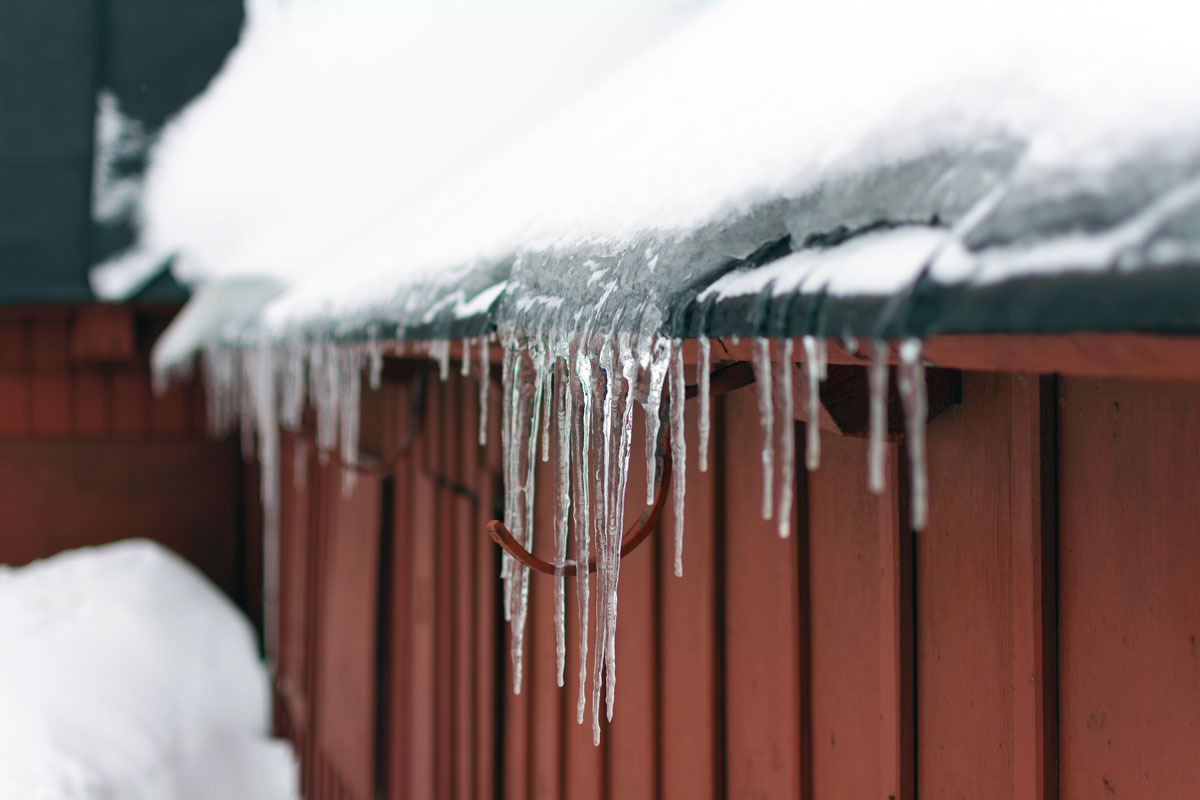Snow removal operations can result in serious injuries or fatalities—particularly while removing ice or snow from rooftops and other building structures such as decks. Your employer is responsible for your safety.
Major hazards
Falls cause the most worker fatalities and injuries during rooftop ice and snow removal. Workers can fall off roof edges, through skylights, and from ladders and aerial lifts. A roof collapse can also hurt or fatally injure workers.
Before any work begins, employers should:
- Plan ahead for safe snow removal from roofs.
- Check the worksite for workplace hazards.
- Limit, when and where possible, workers going on roofs to remove snow.
- Use snow removal procedures that lower the risk of roof or structure collapse.
- Ensure that workers follow all manufacturers’ instructions for using mechanical equipment safely.
Your employer must:
- Train workers to identify fall and electrical hazards.
- Train workers on appropriate protective equipment, fall prevention, and electrical standards.
- Provide fall protection equipment that is in good working condition.
- Train workers to use ladders, aerial lifts and protective equipment, per manufacturers’ guidelines.
- Have a plan for rescuing a worker caught by a fall protection system.
Other significant hazards include:
- Amputations, eye injuries, struck by falling ice, heart attacks, and injuries associated with the use of snowblowers and other equipment.
- Aerial lift collapses or tip-overs.
- Entrapment and suffocation under falling snow drifts or snow piles.
- Shock/electrocution from contact with power lines or damaged extension cords.
- Frostbite or hypothermia.
- Back injuries, from slips, trips, and falls and overexertion.
- Chemical/HVAC lines and other equipment on roofs that are buried in snow could rupture if struck.
As a worker, you have the right to:
- Working conditions that do not pose a risk of serious harm.
- Receive information and training (in a language and vocabulary you understand) about workplace hazards, methods to prevent them, and the OSHA standards that apply to their workplace.
- Review records of work-related injuries and illnesses.
- File a complaint asking OSHA to inspect your workplace if you believe there is a serious hazard or that your employer is not following OSHA’s rules. OSHA will keep all identities confidential.
- Exercise your rights under the law without retaliation, including reporting an injury or raising health and safety concerns with your employer or OSHA. If you have been retaliated against for using your rights, you must file a complaint with OSHA as soon as possible, but no later than 30 days.
The NARFA Team keeps safety at the top of our priorities, and please contact us to learn more about our nationally recognized workers compensation program in MA.
Recent Posts
The U.S. Department of Labor Announces Proposed Rule To Protect Indoor, Outdoor Workers From Extreme Heat
The U.S. Department of Labor has proposed a new rule aimed at protecting workers from extreme heat hazards. This initiative seeks to safeguard approximately 36 [...]
Supreme Court Overturns Chevron Deference: What It Means for Workplace Safety and Regulation
The landscape of federal regulation is set for a seismic shift following a recent Supreme Court decision. On June 28, in Loper Bright Enterprises, et [...]
Navigating the Compliance Maze: How NARFA Simplifies Employee Benefits for Automotive and Trade Industries
In today's complex regulatory environment, businesses in the automotive, roads, fuel, and related industries face unprecedented challenges in managing employee benefits. Recent studies show that [...]




